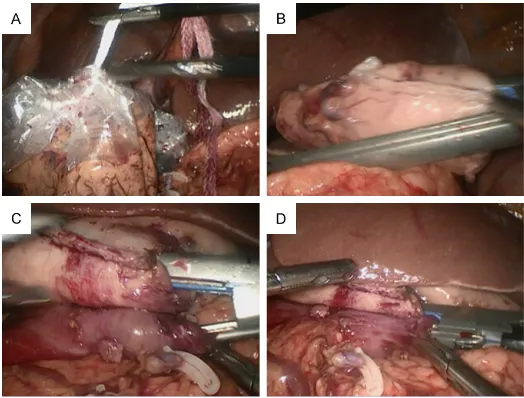Original Article Application of delta-shaped anastomosis in totally laparoscopic D2 radical distal gastrectomy
Full text
Figure



Related documents
1A: The AAP recommends that patients 28 days to 18 years of age requiring maintenance IVFs should receive isotonic solutions with appropriate KCl and dextrose because they
(1995) noted that because of codon bias in Neurospora, C-to-T changes on the coding strand should have less Nevertheless, within a single meiotic tetrad, DNA sub- impact than
The local node managers (LNMs) operate closest to the hardware. As shown in Figure 2, LNMs run as servers on each physical node in the Usher system. The LNMs have three major
The key problems discussed are: (1) the detrimental effects of room acoustic and/or sub-optimal loudspeaker design on the frequency response of amplification systems for concert
Fig. 1: DeepMarks Global Flow: DeepMarks performs fingerprinting on DL models by embedding the designated fingerprinting information in the distribution of weights for selected
Recurrent maternal depressive symptoms in toddlerhood (when study children were aged 2 and 3 1 ⁄ 2 years) was a significant risk factor for internalizing, externalizing, and
a retrospective review of 5 patients with lymphatic anomalies who received propranolol as an adjunct therapy and 1 case of fetal cervicofacial LM whose mother
Moreover, these data are the first to demonstrate that a child’s growth trajectory pattern predicts severity of fetal alcohol-related neurocognitive impairment: the